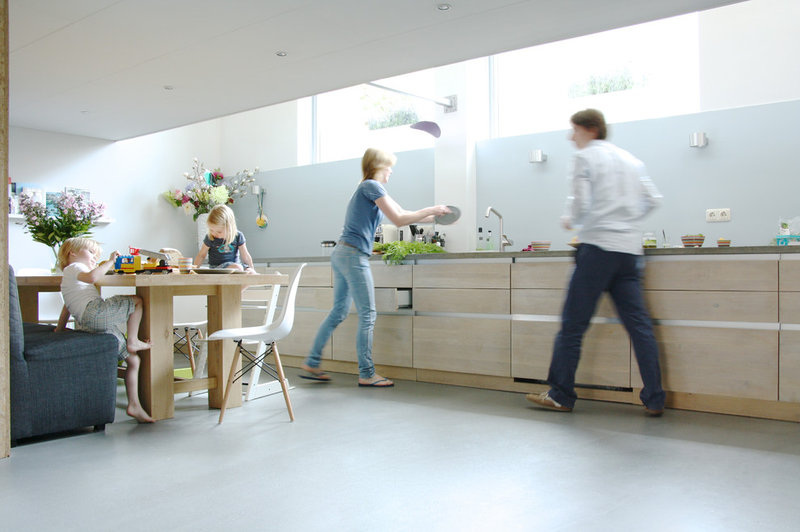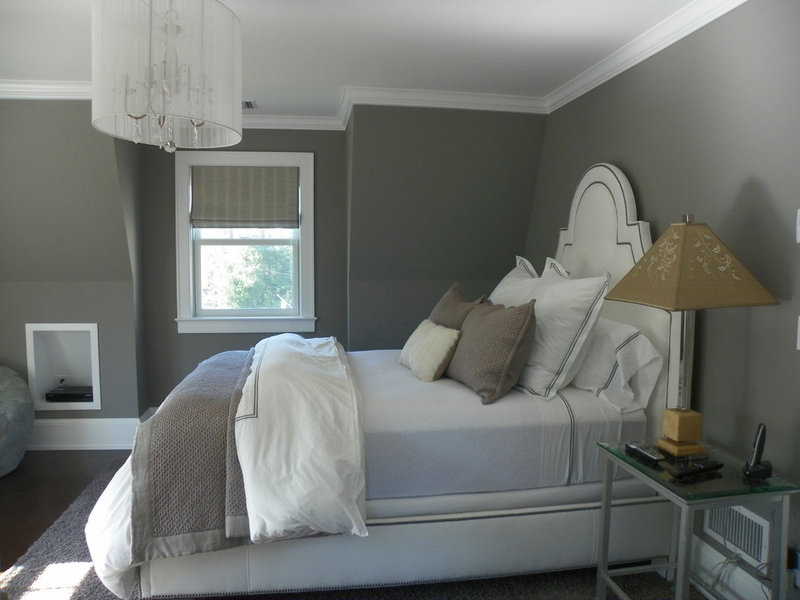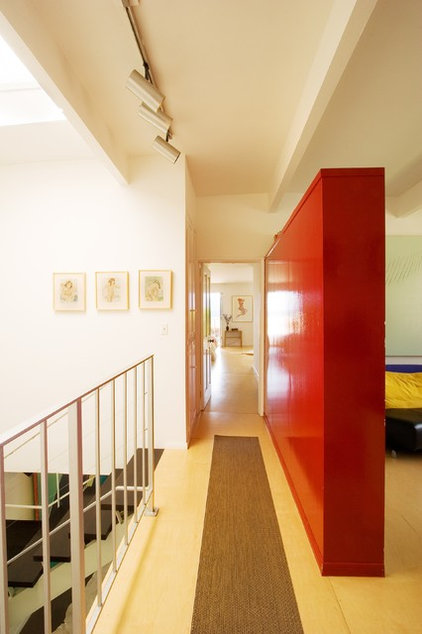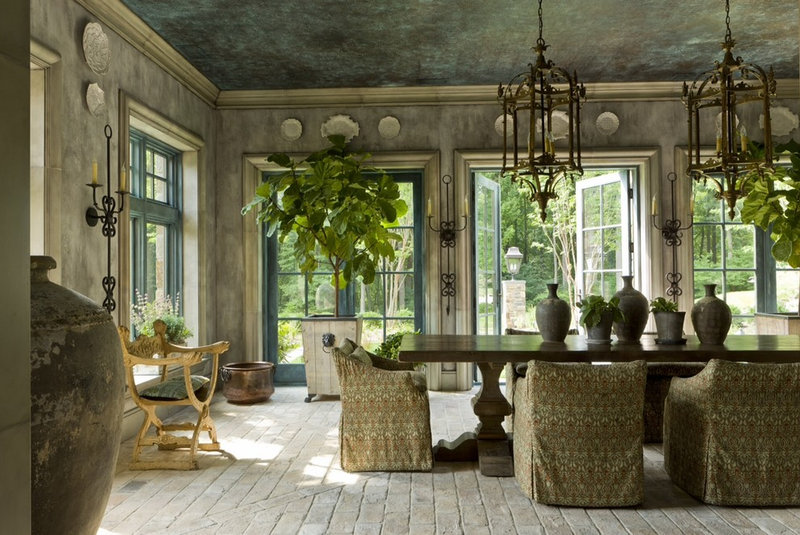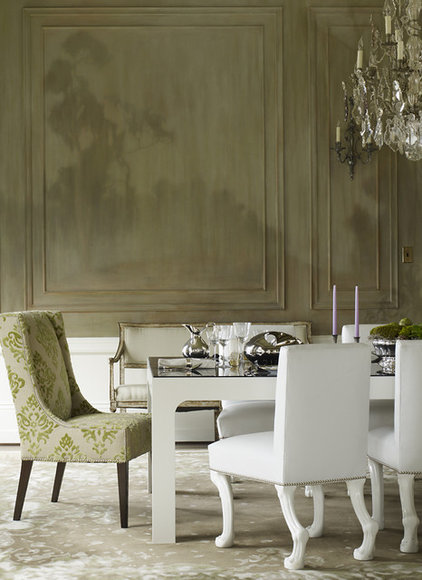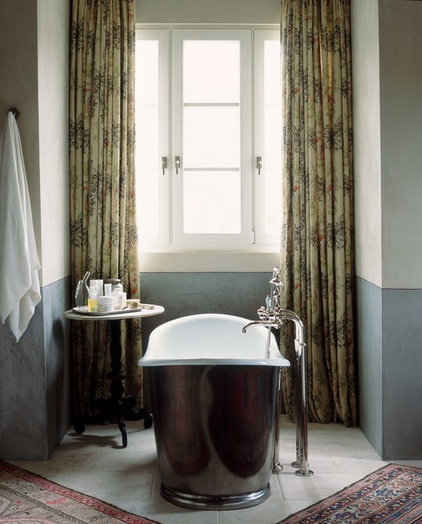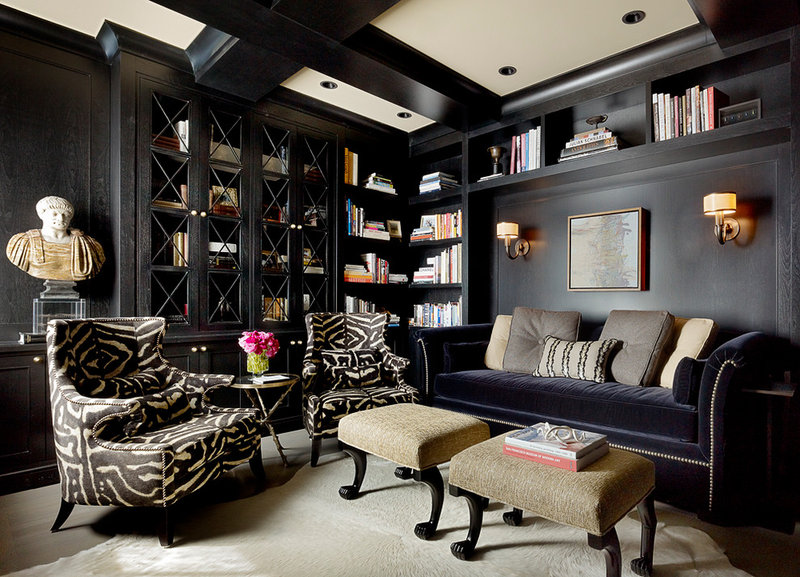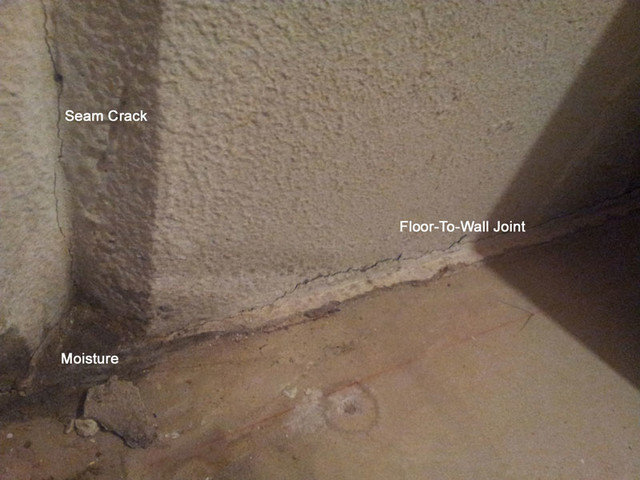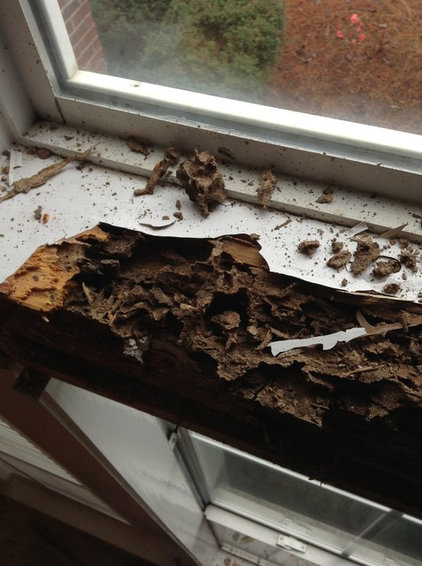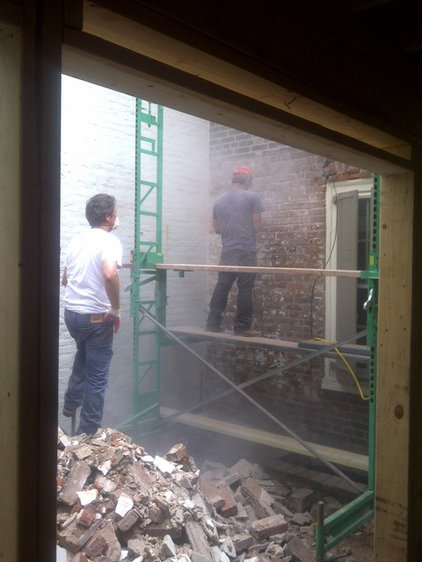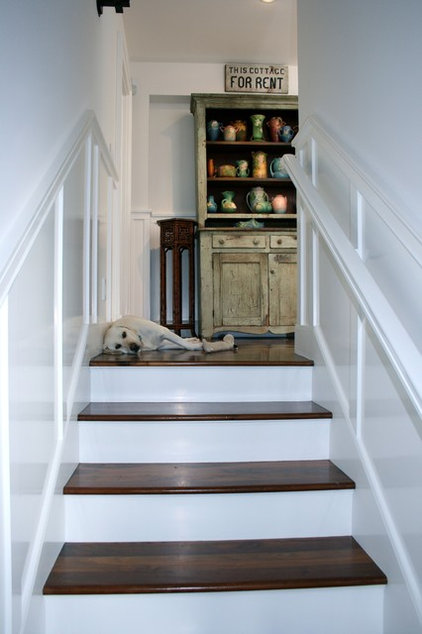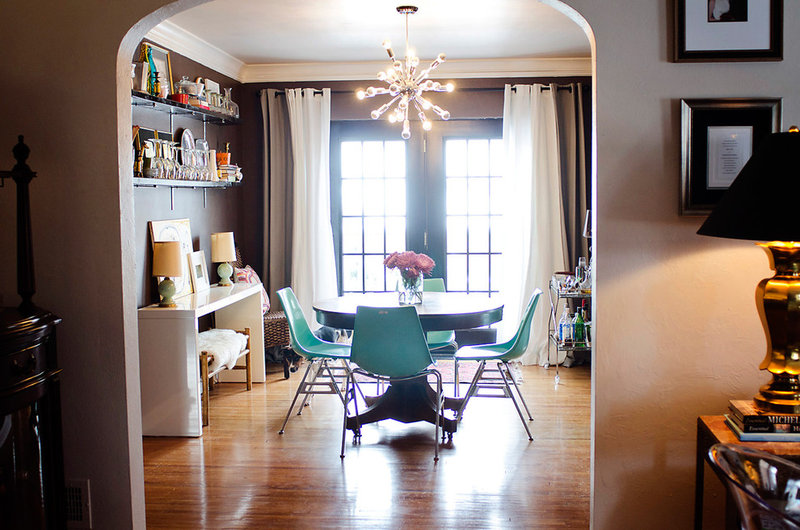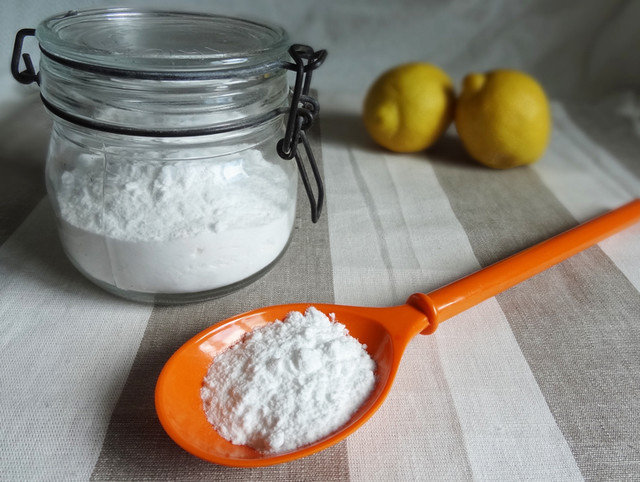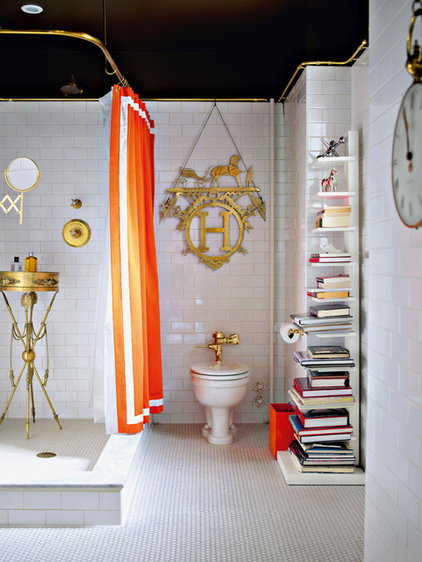Renovations can be taxing on relationships. A Houzz survey showed that 12 percent of couples consider separation or divorce midproject. There are very likely many more who decide to separate years later and can pinpoint this period as being the start of the relationship's demise.
There's no point in spending hard-earned money, precious time and emotional energy on what you hope will be a beautiful family home only to have your relationship falter. And the reality is, you have the power to avoid relationship problems with good communication tools and a little effort. In fact, you may end up with a newly remodeled home and a relationship that's stronger than ever. Here's how.
There's no point in spending hard-earned money, precious time and emotional energy on what you hope will be a beautiful family home only to have your relationship falter. And the reality is, you have the power to avoid relationship problems with good communication tools and a little effort. In fact, you may end up with a newly remodeled home and a relationship that's stronger than ever. Here's how.
1. Write a personal mission statement. To help keep things in perspective, write down a personal mission statement on an index card and repeat it to yourself when things get tough. If you'd like to do this with your spouse, even better, but alone is fine.
Here's an example: "I am renovating my home to provide a warm and loving environment where we as a family can spend time together and welcome guests." Or: "The most important thing to me in the world is my family, and I want to make decisions that are best not just for me, but for the family as a whole."
2. Don't view this home as your "forever home" — because who knows? Realizing that you never know what the future will bring takes a lot of the pressure off — you don't have to make the home you are renovating absolutely perfect. You can always make changes in the future, and spending money you don't have just isn't worth it. Maybe you'll love the renovating process so much, you'll decide to do it as a family business, or maybe one of you will get a fabulous job offer across the country, or maybe you'll win the lottery. Invest in your relationship, which hopefully will be forever, rather than in your physical home, which could change at the drop of a hat.
Here's an example: "I am renovating my home to provide a warm and loving environment where we as a family can spend time together and welcome guests." Or: "The most important thing to me in the world is my family, and I want to make decisions that are best not just for me, but for the family as a whole."
2. Don't view this home as your "forever home" — because who knows? Realizing that you never know what the future will bring takes a lot of the pressure off — you don't have to make the home you are renovating absolutely perfect. You can always make changes in the future, and spending money you don't have just isn't worth it. Maybe you'll love the renovating process so much, you'll decide to do it as a family business, or maybe one of you will get a fabulous job offer across the country, or maybe you'll win the lottery. Invest in your relationship, which hopefully will be forever, rather than in your physical home, which could change at the drop of a hat.
3. Make sure you have a clear budget before starting the project. If you're like most of us, there is a limit to how much you can afford to spend on your renovation. Going over budget is par for the course, so expect to spend more than you're planning, but be aware that money issues are one of the greatest sources of tension between a couple. Never spend money that wasn't in the budget without telling your partner. For some couples it works best if one is the appointed regulator of the money issues while the other agrees to abide by the budgetary constraints.
4. Expect to give more than you receive. What's wrong with being the one who has the tools and the skills to make a relationship work, and not being the self-centered one? Pat yourself on the back for having the wisdom to make your home renovation project a success, even if it's at the expense of some of your own personal wishes. Years down the road, you'll realize that the blue tile you just had to have but gave in on wouldn't have mattered anyway.
4. Expect to give more than you receive. What's wrong with being the one who has the tools and the skills to make a relationship work, and not being the self-centered one? Pat yourself on the back for having the wisdom to make your home renovation project a success, even if it's at the expense of some of your own personal wishes. Years down the road, you'll realize that the blue tile you just had to have but gave in on wouldn't have mattered anyway.
5. Start the project by thinking about your partner's needs first. When you put someone else's needs before your own, you always come out the winner, especially when it's your spouse. Have a conversation and try to get to the bottom of what is really important to him or her, regarding all phases of the project. Unless you ask you'll never know, for example, that all your husband really cares about is sticking to a time schedule, or not bothering the neighbors, or not leaving a mess in front of the house. Who knew? Talking things out also can be a way to uncover issues or concerns that otherwise might not come to light until it's too late.
Tip: Find a place for your partner's possessions, activities and collections before he or she even thinks of it. If you do it right, even that G.I. Joe collection can be a seamless part of your home without sacrificing style.
6. Keep the compliments flowing. For every criticism or negative comment, there should be an average of six to 10 compliments. Got that? That means you'll have to choose those negative comments very very wisely and get in the habit of complimenting all the time.
This, by the way, is a great rule for communicating with kids as well, and certainly when dealing with your contractor and suppliers. Always start with a string of compliments before voicing concerns. Not sure what compliment to give? Start by praising your partner for being such an inspiration and for being so patient and understanding. Giving compliments freely is the simplest thing you can do to improve relationships.
Tip: Find a place for your partner's possessions, activities and collections before he or she even thinks of it. If you do it right, even that G.I. Joe collection can be a seamless part of your home without sacrificing style.
6. Keep the compliments flowing. For every criticism or negative comment, there should be an average of six to 10 compliments. Got that? That means you'll have to choose those negative comments very very wisely and get in the habit of complimenting all the time.
This, by the way, is a great rule for communicating with kids as well, and certainly when dealing with your contractor and suppliers. Always start with a string of compliments before voicing concerns. Not sure what compliment to give? Start by praising your partner for being such an inspiration and for being so patient and understanding. Giving compliments freely is the simplest thing you can do to improve relationships.
7. Don't take statements made under stress literally. When your other half says, "Just do whatever you want," it is very rarely exactly what he or she means. Take into consideration when this statement was made — at the beginning of the project, or after constant and frustrating discussions? What your mate really means, quite likely, is that he or she doesn't have the strength to negotiate with you over things it's clear you'll have a hard time budging on.
So, take that as a sign that you need to be much more flexible. Check in with your partner about decisions and to ask for his or her opinion. If you're met with grumbles, just hold your head high and proceed, all the while continuing to give your partner information as you go. Don't take the whole project under your wing and finish it without communicating with your other half. It could really spell disaster otherwise, and an excuse like, "You told me to do whatever I want, so I went with the all-black kitchen even though you hate black" won't ever save the day.
8. Always present a united front. Never criticize your partner in front of the architect, designer or contractor, let alone the Sheetrock installer. Wondering why you have lips and teeth? It's so you have two gates to keep your tongue under wraps.
Additionally, you'll get the best work out of your team if everyone feels confident in you, rather than worrying that the marriage might break up before the construction is complete, leaving them stuck. If you're going to have disagreements, do it privately. Why should the guy installing your wood floor have a better idea about what is going on in your relationship than your closest friends?
So, take that as a sign that you need to be much more flexible. Check in with your partner about decisions and to ask for his or her opinion. If you're met with grumbles, just hold your head high and proceed, all the while continuing to give your partner information as you go. Don't take the whole project under your wing and finish it without communicating with your other half. It could really spell disaster otherwise, and an excuse like, "You told me to do whatever I want, so I went with the all-black kitchen even though you hate black" won't ever save the day.
8. Always present a united front. Never criticize your partner in front of the architect, designer or contractor, let alone the Sheetrock installer. Wondering why you have lips and teeth? It's so you have two gates to keep your tongue under wraps.
Additionally, you'll get the best work out of your team if everyone feels confident in you, rather than worrying that the marriage might break up before the construction is complete, leaving them stuck. If you're going to have disagreements, do it privately. Why should the guy installing your wood floor have a better idea about what is going on in your relationship than your closest friends?
9. Never impose your obsessive behavior on you partner. Lets face it: It's your problem if you were up all night searching for the perfect wrought iron handrail; that doesn't mean the family should have to go without food or clean clothes. If the small details are important to you, it may be worthwhile to hire a professional to take care of them. A good designer will have already combed the market for the best items and can easily share that information with you.
10. Don't be a martyr. Punishing yourself by trying to live in a home that's under construction and is really uninhabitable places a huge stress on any relationship. For you and your partners to function, regular meals, clean laundry and quiet time are basic necessities; not having them can make life unbearable and put everyone on edge. Spring for the extra cost of renting a temporary place no matter how small. Keeping your sanity and your relationship intact is truly worth every penny.
10. Don't be a martyr. Punishing yourself by trying to live in a home that's under construction and is really uninhabitable places a huge stress on any relationship. For you and your partners to function, regular meals, clean laundry and quiet time are basic necessities; not having them can make life unbearable and put everyone on edge. Spring for the extra cost of renting a temporary place no matter how small. Keeping your sanity and your relationship intact is truly worth every penny.

